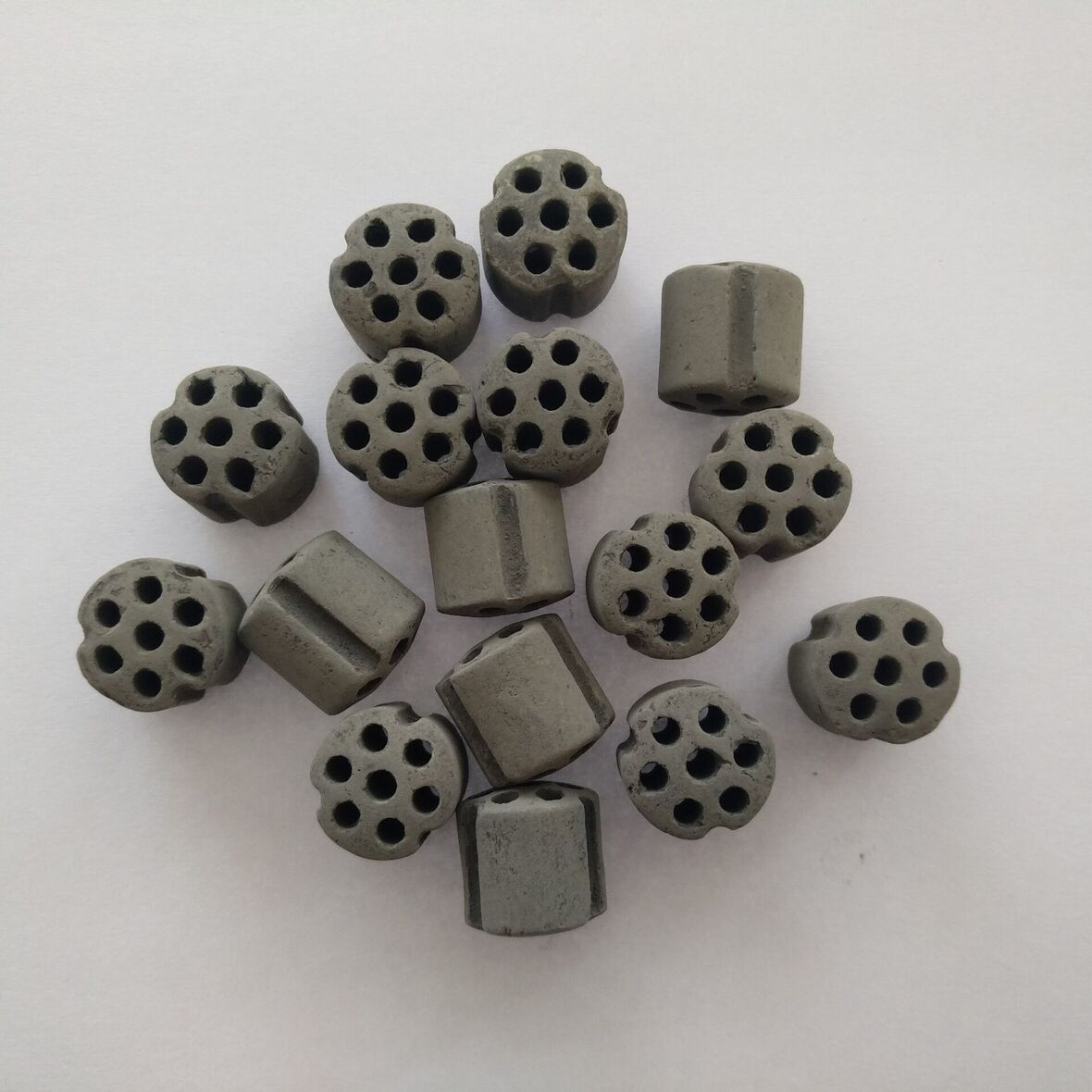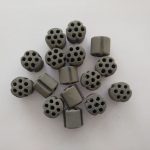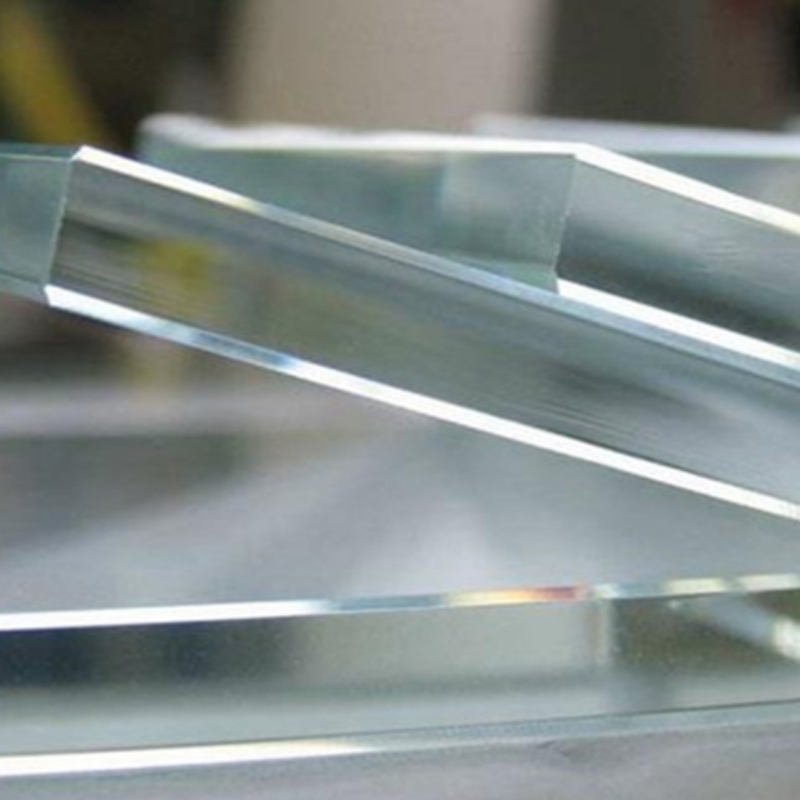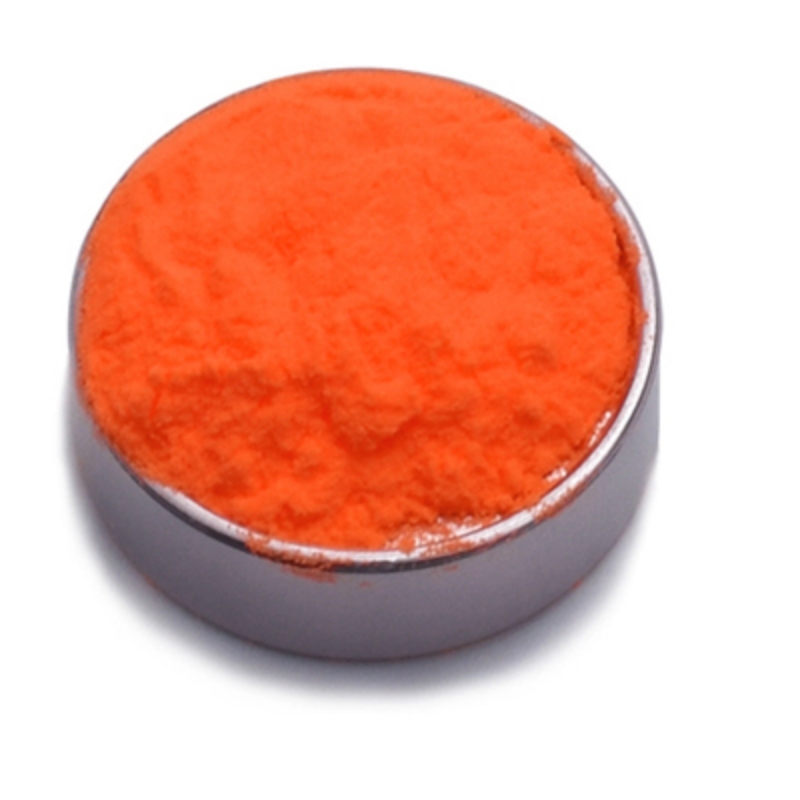Low-temperature active ammonia decomposition catalyst is an advanced catalytic material designed for efficient ammonia breakdown at reduced operating temperatures. Engineered using optimized metal-supported formulations, it ensures superior hydrogen yield, enhanced thermal stability, and minimal energy consumption for hydrogen production and industrial ammonia purification. This catalyst is widely used in fuel processing, chemical manufacturing, and environmental applications, providing reliable performance in controlled low-temperature reaction environments.
Product Overview
This ammonia decomposition catalyst is specifically designed for use in natural gas-based ammonia synthesis, methanol production, hydrogen production, and other similar processes. It is optimized for use in fixed-bed and heat-exchanger-type conversion furnaces, offering excellent low-temperature activity and resistance to caking. The catalyst has been designed with a smooth surface to ensure easy packing, preventing arching, and ensuring uniform gas flow distribution. With exceptional heat and mass transfer properties, it is especially effective at lower temperatures, achieving efficient ammonia decomposition.
Key Features
- Excellent Low-Temperature Activity: Can operate stably at an inlet temperature of 400°C, ensuring high catalytic performance in low-temperature conditions.
- Smooth Surface, Easy Packing: The smooth shape prevents arching and ensures uniform gas flow, optimizing catalytic efficiency.
- Superior Heat and Mass Transfer: Outstanding heat and mass transfer properties improve reaction efficiency, leading to better ammonia decomposition.
- Strong Resistance to Low Carbon: H₂O:C ratio can reach 2.70 in practical operation, ensuring good low-carbon tolerance.
- Long-Term Stability: The bed pressure drop remains stable during normal operation, with minimal increase in bed resistance over time.
- Caking Resistance: Adaptable to various process conditions, preventing catalyst deactivation due to caking.
- Flexible Usage: Different catalyst types can be combined according to the process requirements to optimize catalytic effects.
Applications
- Natural Gas Ammonia Synthesis: Provides efficient ammonia decomposition in natural gas-based ammonia synthesis processes.
- Methanol Synthesis: Used in ammonia decomposition and gas purification during methanol production.
- Hydrogen Production: Enhances ammonia decomposition efficiency in hydrogen production processes, ensuring stable hydrogen output.
- Other Industrial Gas Purification: Suitable for a variety of industrial gas purification processes, helping to reduce harmful gas concentrations.
| Appearance | Gray spherical | Ellipsoidal | Cylindrical with raised edges | Cylindrical with raised edges | Cylindrical with raised edges | Cylindrical with raised edges | Cylindrical with raised edges |
| Size (mm) | Φ17 | Φ13 | Φ13×10 | Φ14×10 | Φ17×17 | Φ17×17 | Φ17×10 |
| Hole Diameter (mm) | 3~4 | 3~4 | 3~4 | 3~4 | 3~4 | 3~4 | 3~4 |
| Bulk Density (kg/L) | 0.9-1.1 | 0.9-1.1 | 0.9-1.1 | 0.9-1.1 | 0.9-1.1 | 0.9-1.1 | 0.9-1.1 |
| Compressive Strength (N/particle) | ≥250 | ≥200 | ≥200 | ≥200 | ≥250 | ≥250 | ≥200 |
| NiO (%) | ≥14.0 | - | - | - | - | - | - |
| Rare Earth Oxides (%) | - | ≥2.0 | ≥2.0 | ≥2.0 | ≥2.0 | ≥2.0 | ≥2.0 |
| Metal Oxides (%) | Suitable | Suitable | Suitable | Suitable | Suitable | Suitable | Suitable |
| Property Name | Value |
| Total Carbon in Raw Gas | 140 max |
| Operating Temperature (℃) | 400-950 |
| Operating Pressure (MPa) | 0.7-5.0 |
| Space Velocity (h⁻¹) | 500-2500 |
| Water-to-Carbon Ratio | 2.5-5.0 |
| Incoming H₂S Content (ppmv) | ≤0.5 |
 new material
new material








